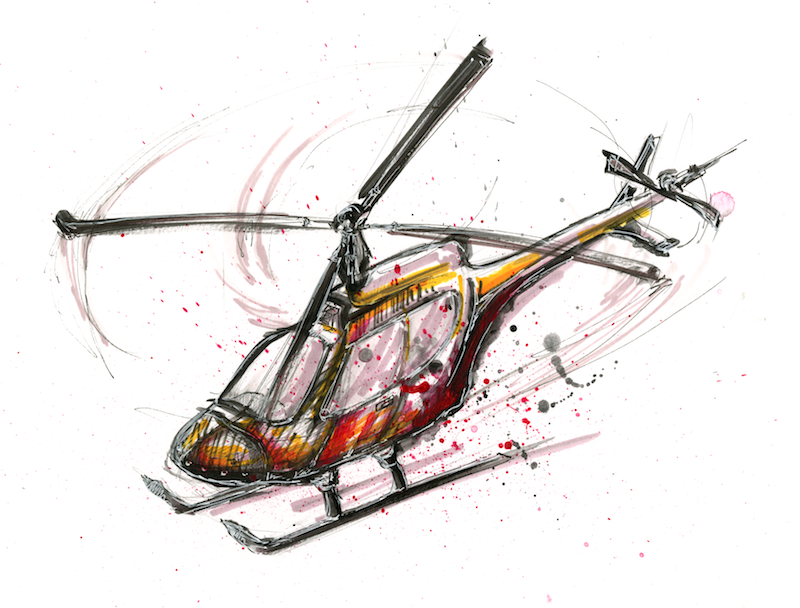
New aerospace research projects were announced during the two-day France Carleton Aerospace Summit (FRACAS) Feb. 13 and 14.
The summit brought together Carleton faculty from the departments of aerospace, electronics, and systems and computer engineering, and researchers from France’s Aerospace Valley and the Conservatoire national des arts et métiers.
The collaborations include projects on systems to monitor rotary wing blades and 3D printing.
The rotary wing blade project involves embedding sensors in helicopter blades, said Langis Roy, associate dean at the Faculty of Graduate and Postdoctoral Affairs.
“All parts of an aircraft structure suffer from the same problem, which is wear and tear, failure, and safety issues,” Roy said.
By attaching sensors, readings will be given on the flexibility of the blade, deciding whether or not it can be used.
Roy said this is more cost efficient than getting rid of potentially usable parts due to periodic maintenance.
Another project focuses on 3D-printing for aircraft with high performance materials.
Mechanical and aerospace engineering assistant professor Jeremy Laliberté said this will result in a lower weight for the aircraft.
“It’s all about keeping weight as low as possible and maximizing safety,” he said. “Those are the two things that really dominate the design of aircrafts.”
Other projects include de-icing of fixed and rotary-wing aircraft, active noise control, and bolted and bonded assembly.
All five projects between Carleton and French engineers are in their preliminary stages.
Laliberté said the combination of researchers will bring something unique to the projects.
“To me, there are different facilities, different equipment, different expertise, and different perspectives that all sides will bring to the project,” he said.
Roy said FRACAS was the first step in developing the projects.
“Although some of these projects are in their early stages, they show great promise. This is the way advanced engineering research happens,” he said.





